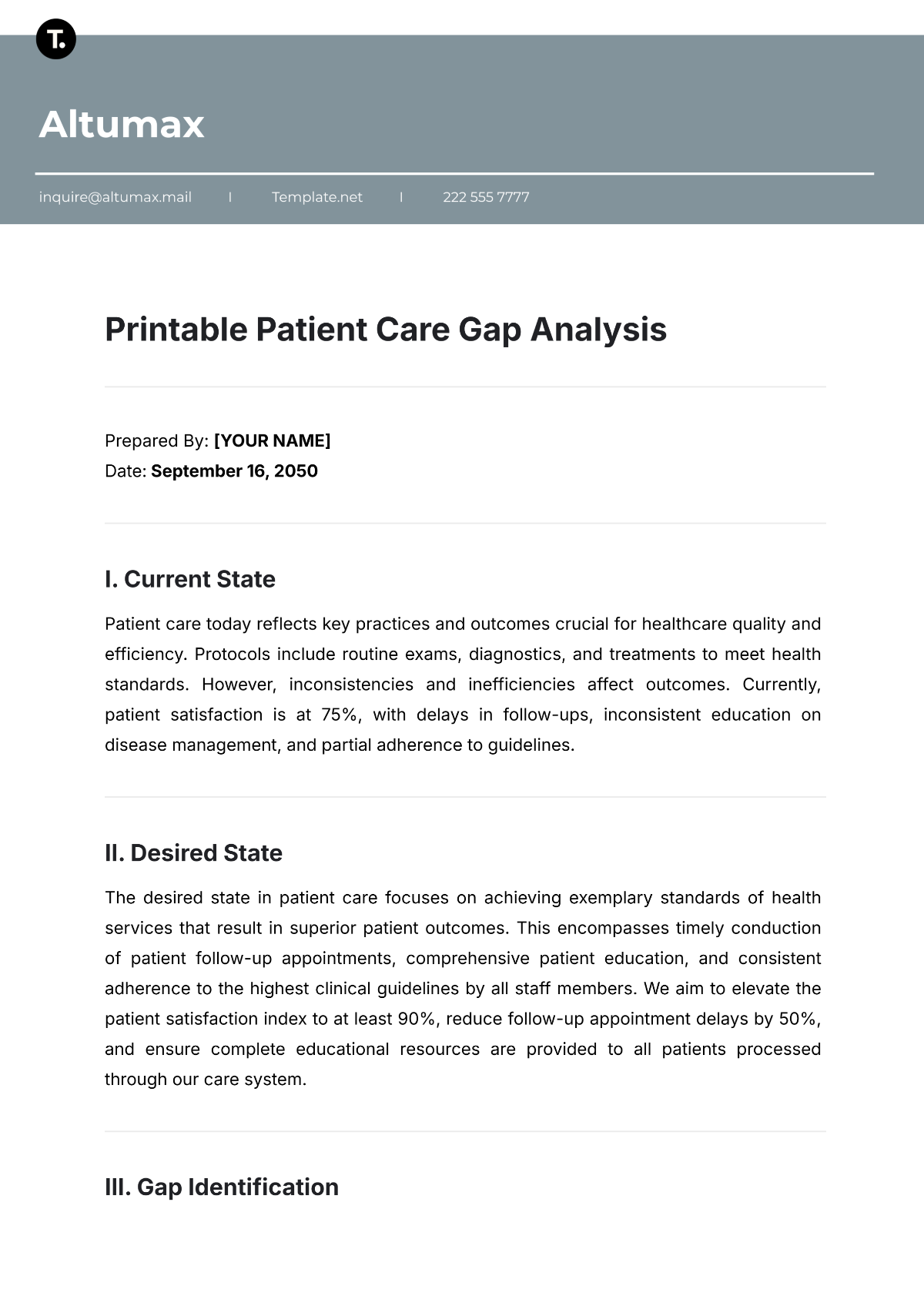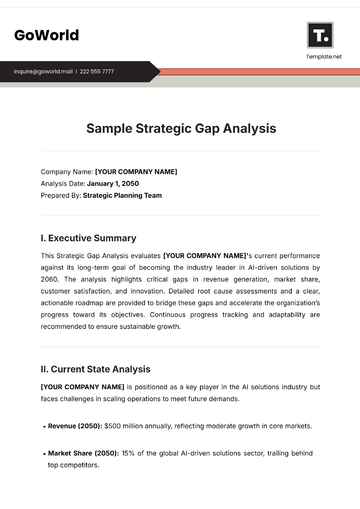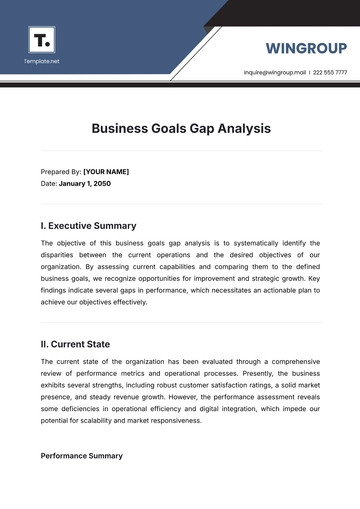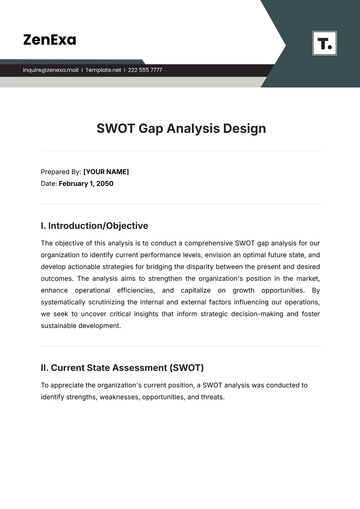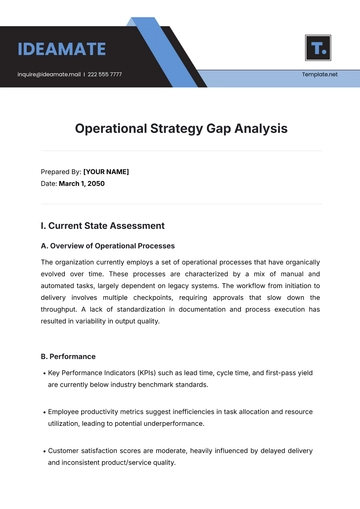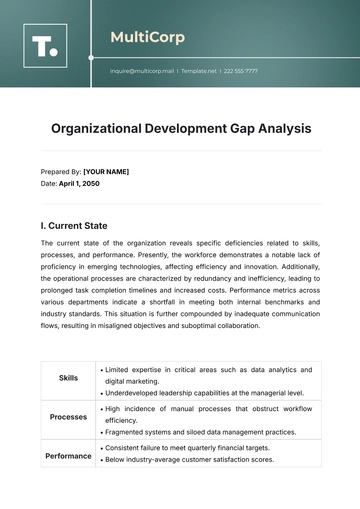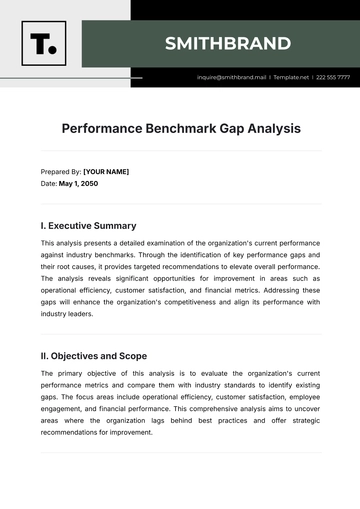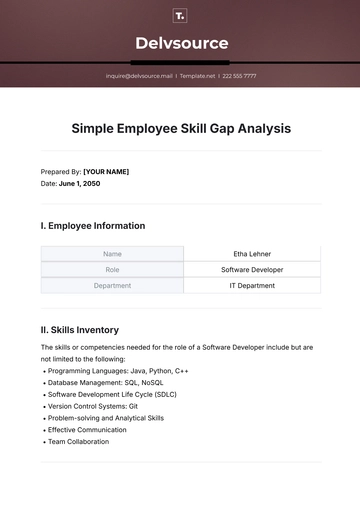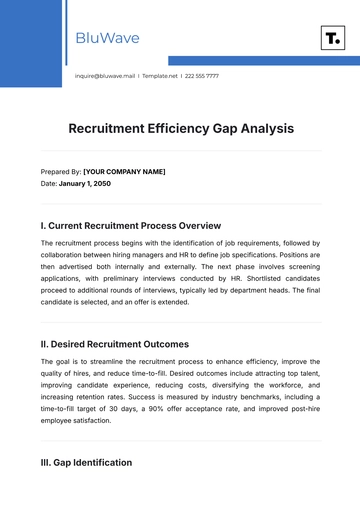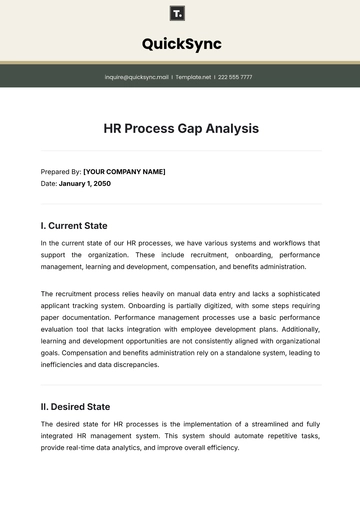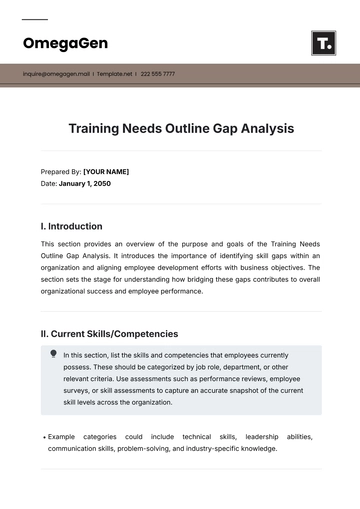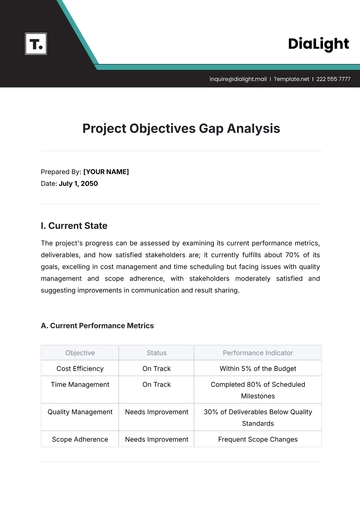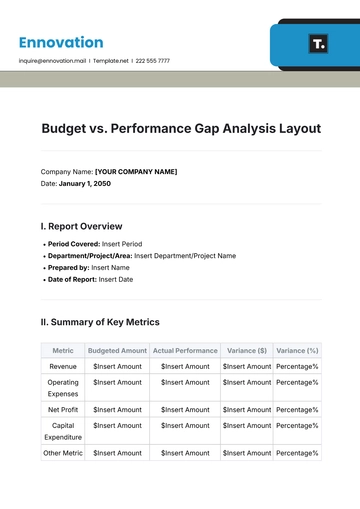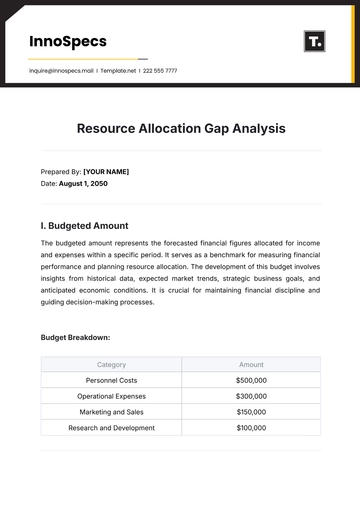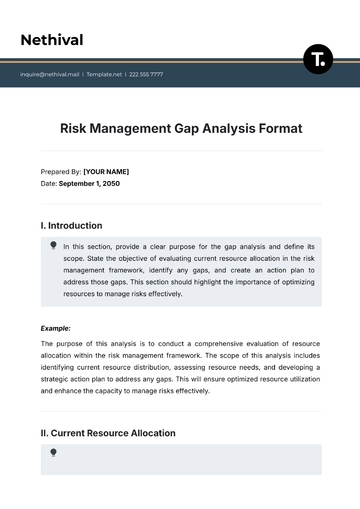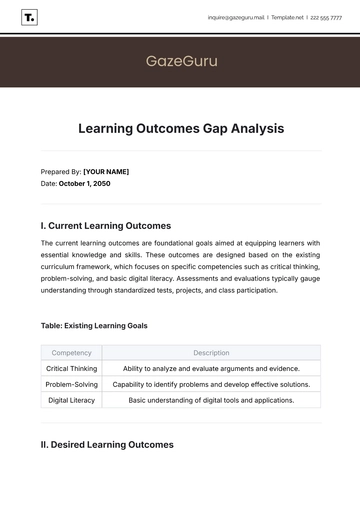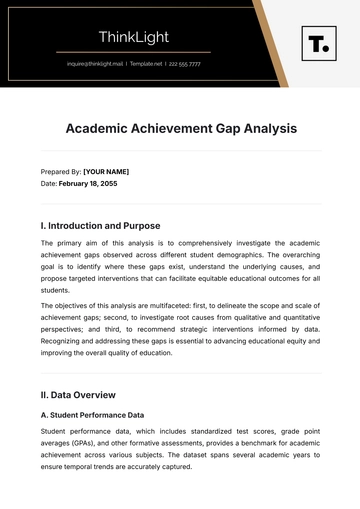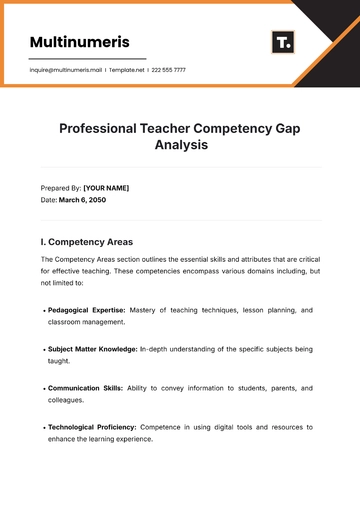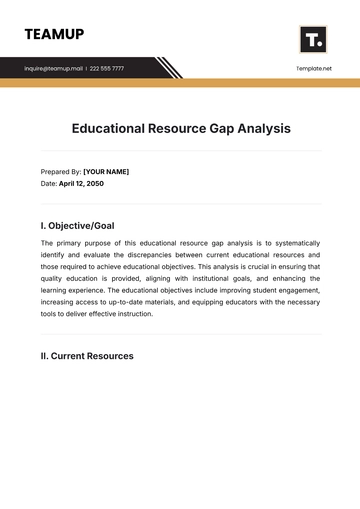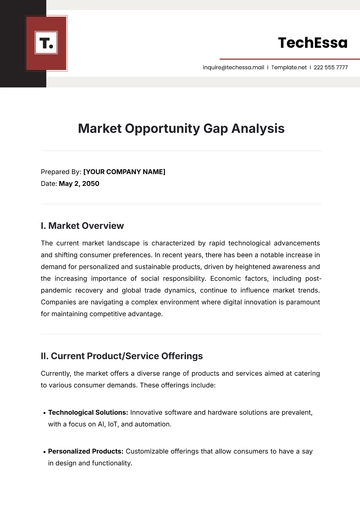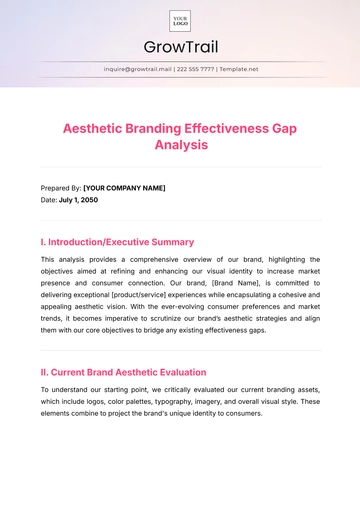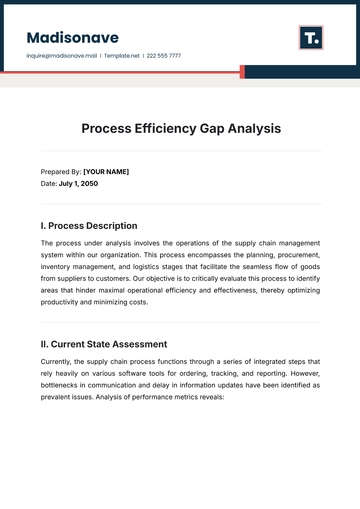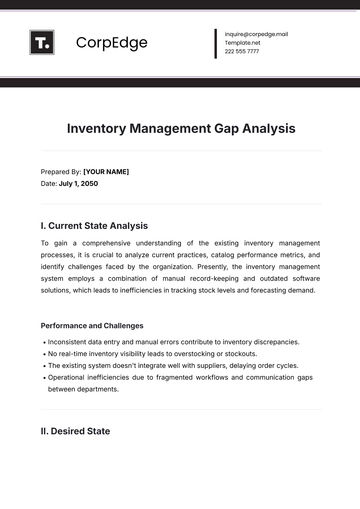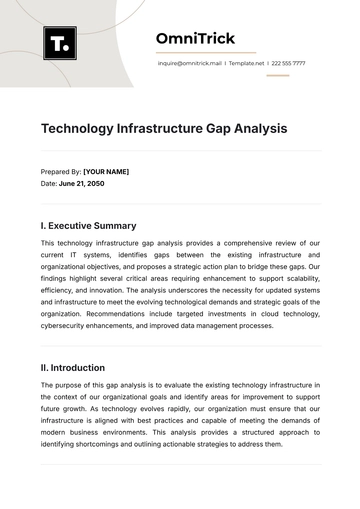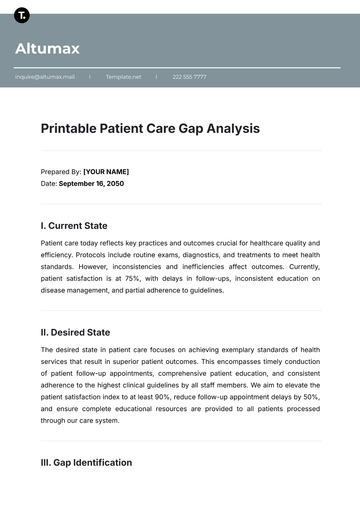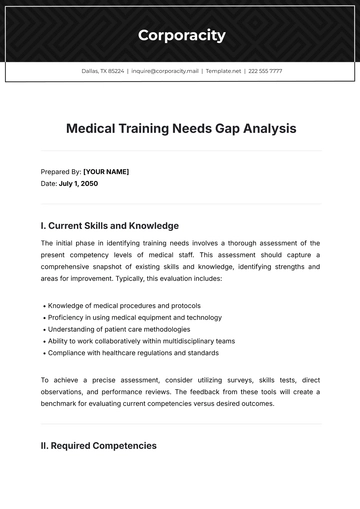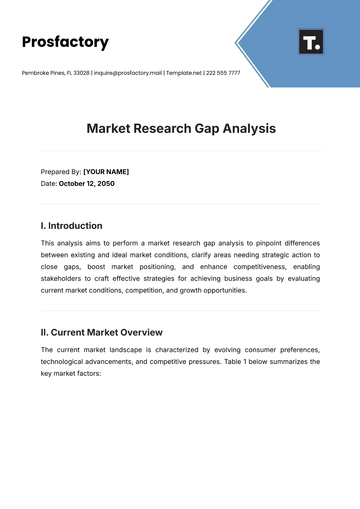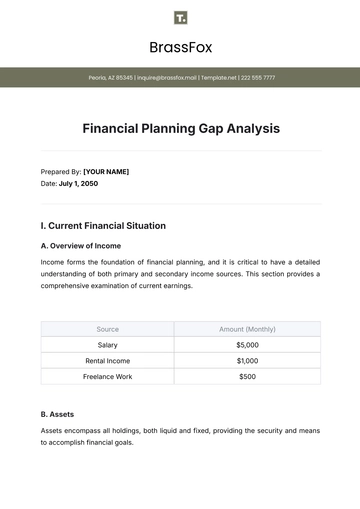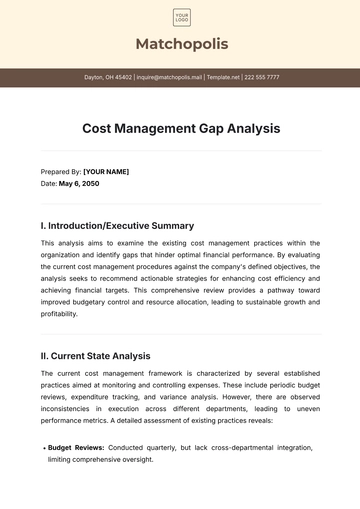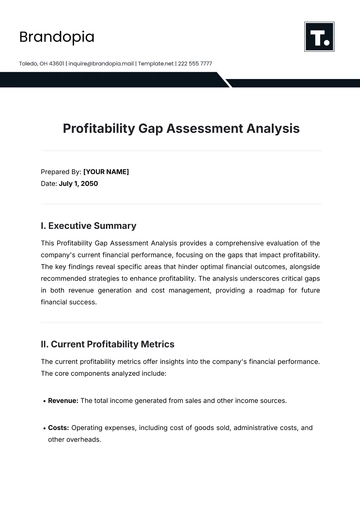Printable Patient Care Gap Analysis
Prepared By: [YOUR NAME]
Date: September 16, 2050
I. Current State
Patient care today reflects key practices and outcomes crucial for healthcare quality and efficiency. Protocols include routine exams, diagnostics, and treatments to meet health standards. However, inconsistencies and inefficiencies affect outcomes. Currently, patient satisfaction is at 75%, with delays in follow-ups, inconsistent education on disease management, and partial adherence to guidelines.
II. Desired State
The desired state in patient care focuses on achieving exemplary standards of health services that result in superior patient outcomes. This encompasses timely conduction of patient follow-up appointments, comprehensive patient education, and consistent adherence to the highest clinical guidelines by all staff members. We aim to elevate the patient satisfaction index to at least 90%, reduce follow-up appointment delays by 50%, and ensure complete educational resources are provided to all patients processed through our care system.
III. Gap Identification
There are several notable discrepancies between the current and desired state of patient care as outlined below:
IV. Root Cause Analysis
A detailed investigation reveals the following underlying reasons for the current gaps in patient care:
Issue | Root Cause |
|---|
Delayed follow-up | Lack of staffing and ineffective scheduling systems lead to inefficiencies in managing patient appointment calendars. |
Inconsistent adherence to guidelines | Inadequate training and monitoring systems result in variability in staff adherence to clinical protocols. |
Inadequate patient education | Lack of updated educational materials and limited time per patient interaction reduce opportunities to provide comprehensive education. |
Low patient satisfaction | Perceived lack of personalized care and service delays are contributing factors to patient dissatisfaction. |
V. Action Plan
The steps to improve patient care and bridge the identified gaps are as follows:
VI. Timeline and Responsibilities
The timeline for implementing these changes is structured over the next six months. Key responsibilities are assigned as follows:
Action Item | Timeline | Responsible Party |
|---|
Enhance staffing and implement a scheduling system | 1-2 months | Human Resources, IT Department |
Comprehensive training programs | 1-3 months | Training and Development Team |
Develop educational materials | 2-4 months | Patient Education Committee |
Initiate a patient feedback system | 3-6 months | Patient Relations |
Analysis Templates @ Template.net
